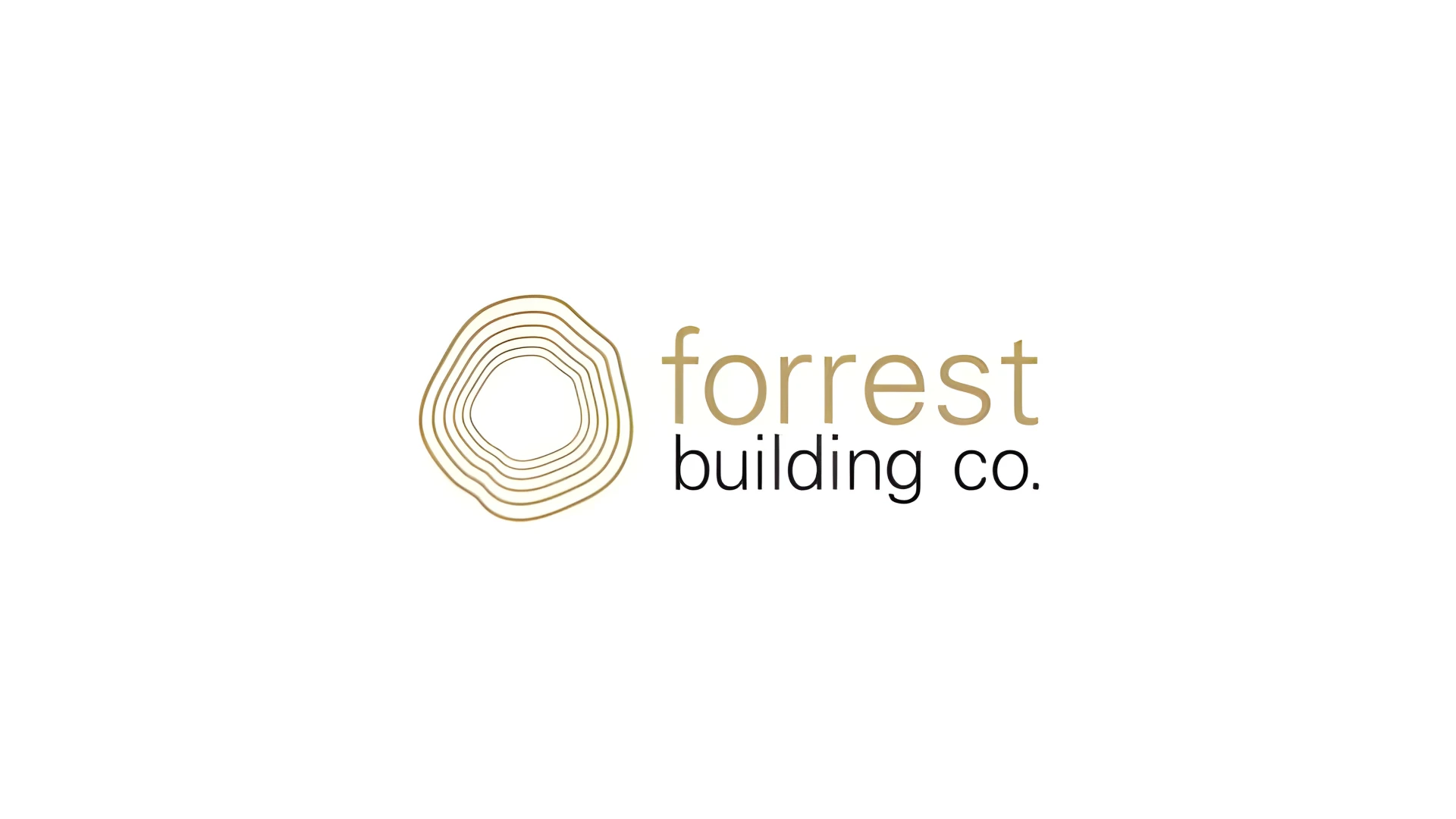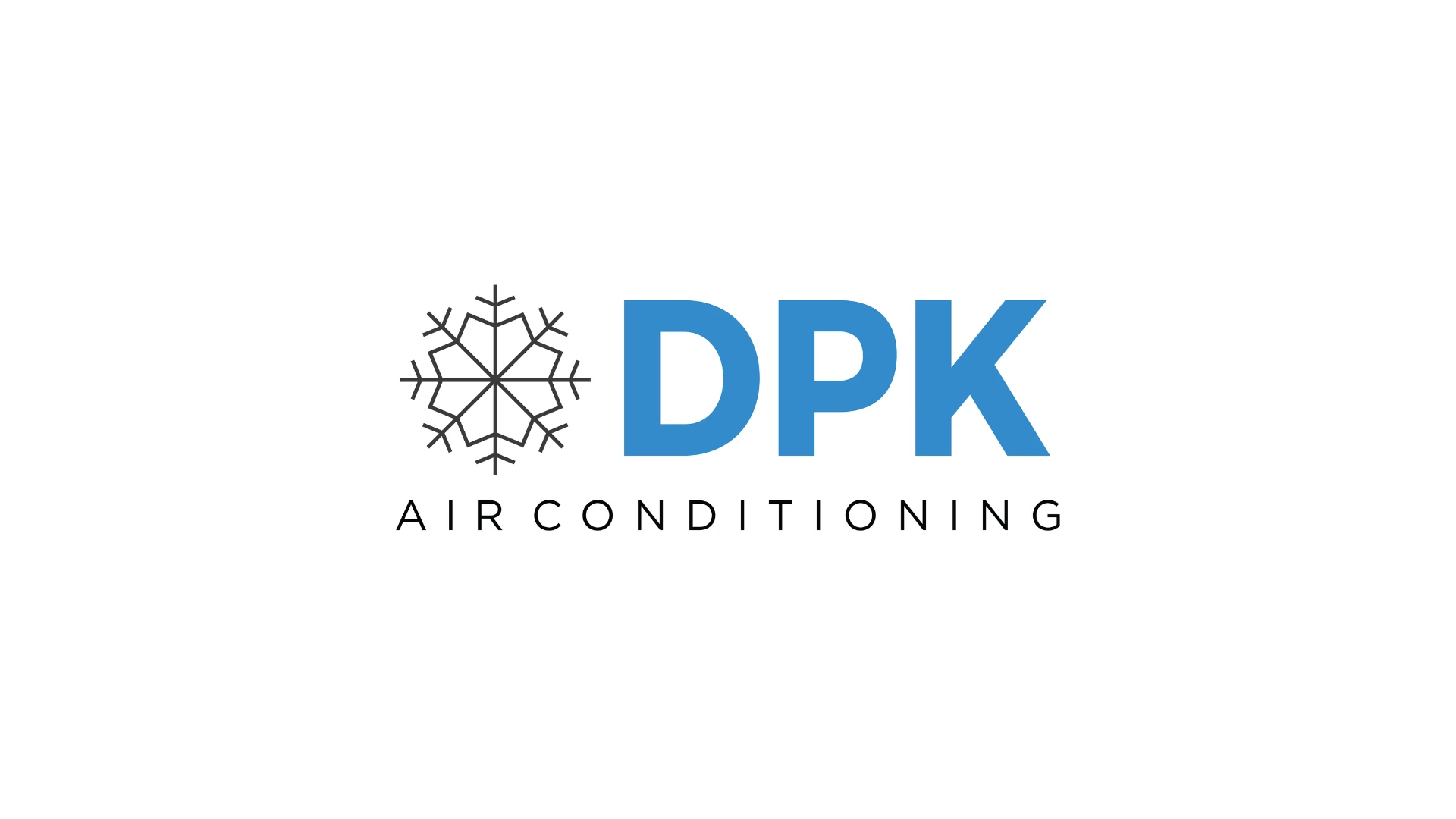These Goals & Strategic Priorities turned industry outsiders into market dominators while most businesses fail because they confuse motion with progress
This Million-Dollar Question Exposes Every Business Owner
What’s the difference between a startup that struggles for years and one that explodes to $900K monthly revenue in 18 months?
It’s not the industry. It’s not the timing. It’s not even the team
It’s whether they have a systematic approach to strategic planning and execution
Chris proved this when he left his steady mining job to launch Prime Wholesale. A HVAC distribution business in an industry he barely knew, with no business experience, and no safety net
Most “experts” said he was crazy
18 months later, it was generating $900K monthly revenue with:
- A fully operational warehouse and logistics hub
- Multi-segment growth (trade, retail, commercial)
- A team and fleet operation that competitors envied
- Market position so strong that suppliers got nervous
“We had semis dropping pallets of units. It was chaos, but it was controlled chaos”
Then Chris made the rarest decision in business: he chose to step back at the peak
Not because of burnout or stress, because of the strategic clarity he could see about what was needed next
This is how strategic planning created this transformation, and why most businesses never experience anything close to it
The Strategic Planning Illusion That Kills Business Growth
Most business owners think strategic planning means:
- Writing down some goals once a year
- Creating a vision statement for the wall
- Making revenue projections based on hope
- Planning quarterly “when we have time”
This isn’t strategic planning, it’s strategic theater
The Motion vs. Progress Problem
Motion feels like progress:
- Busy schedules full of “important” activities
- Constant firefighting and problem-solving
- Working harder each quarter to maintain growth
- Celebrating effort over results
Progress creates results:
- Clear objectives with measurable outcomes
- Systems that prevent fires instead of fighting them
- Working smarter through systematic optimization
- Celebrating achievement over activity
Chris learned the difference between motion and progress from the very first day
The Startup Advantage
Chris had something most established businesses don’t: no bad habits to unlearn
Starting with zero business experience forced him to build everything systematically:
- Strategic planning from month one
- Execution frameworks that scaled with growth
- Accountability structures that prevented drift
- Decision-making processes that eliminated guesswork
The result was explosive growth without the typical growing pains and chaos
The Partnership That Accelerated Everything
Chris didn’t stumble into strategic thinking. He learned it through partnership with Andrew, someone who’d already built multiple successful businesses through systematic approaches
“I didn’t know much about business, but I knew I wanted to back myself. And I believed in Andrew’s ability to help me”
What Chris gained wasn’t just business knowledge, it was a systematic approach to turning vision into reality
The Strategic Clarity Framework
- Vision: Where we’re going (the destination)
- Strategy: How we’ll get there (the route)
- Priorities: What we’ll focus on first (the milestones)
- Execution: How we’ll make it happen (the daily actions)
- Accountability: How we’ll ensure it happens (the review systems)
Most business owners have vision. Few have the other four essential elements
Goals & Strategic Priorities in Action
Chris’s transformation centered on Fundamentals #1 & #2 of ARC’s 10 Fundamental os Business; Goals & Strategic Priorities
These are the systematic approaches that turn ambitious objectives into predictable results
The Strategic Planning Framework
Fundamental #1: Personal & Professional Goals
- Clear vision of what success looks like personally and professionally
- Alignment between business objectives and life objectives
- Timeline-specific milestones that create urgency and focus
- Regular review and adjustment based on progress and changing circumstances
Fundamental #2: Strategic Priorities
Create 12 month SMART goals that are the strategic priorities for the year for each of the following:
- Financials: we have achieved all our 12 month goals in line with our budget
- Team: we have the key team in place that are highly skilled and culturally aligned as per our org chart
- Structure: we have a streamlined, structured company with all teams following our systems and processes
- Leadership: I lead with discipline and consistency, continually developing myself and the business to successfully deliver our strategic priorities
Fundamental 4: Execution Framework
- Breaking 12 month SMART goals into quarterly execution priorities
- Identify which quarterly execution priorities come first
- Set weekly tasks that help achieve the quarterly execution priorities
- Delegate tasks and assign responsibilities to team members for execution
The Execution Discipline
The secret wasn’t just having good plans, it was religiously executing them
“We didn’t miss a beat. If it was in the plan, it got done. That was the rule”
The system:
- Annual Planning: Set aggressive but achievable 12-month targets
- Quarterly Reviews: Break annual goals into 90-day execution priorities
- Monthly Check-ins: Adjust tactics while maintaining strategic direction
- Weekly Planning: Ensure daily activities align with monthly objectives
- Daily Execution: Take the actions that move the needle, not just fill time
The Accountability Structure
Planning without accountability is wishful thinking. Chris and the team used systematic accountability:
- Tools: Asana for task management and progress tracking
- Meetings: Regular planning sessions and progress reviews
- Metrics: Clear measurement of progress toward objectives
- Consequences: Adjustment of plans and resources based on results
- Commitment: “Whatever was literally planned for that day, that week, you work until you get it finished”
Chris’ Results: Strategic Planning Creates Market Domination
This is what Prime Wholesale’s growth trajectory looked like over 18 months:
| Strategic Metric | Month 1 | Month 18 | Growth Rate |
|---|---|---|---|
| Monthly Revenue | $75K | $900K | 1,100% |
| Operation Scale | Couple of desks | Full warehouse + fleet | Complete transformation |
| Market Segments | Trade-only | Multi-segment | Strategic expansion |
| Team Structure | 2 founders | Full operations team | Systematic hiring |
| Market Position | Unknown startup | Supplier concern | Dominant force |
The Competitive Advantage
While competitors hoped for growth, Chris systematically created it:
Traditional Approach:
- React to market opportunities
- Grow organically through referrals
- Add capacity when demand forces it
- Hope competitors don’t notice
Strategic Approach:
- Anticipate and create market opportunities
- Grow systematically through planned expansion
- Build capacity ahead of demand
- Move so fast competitors can’t respond
“We set aggressive monthly targets, mapped weekly plans to long-term goals, held consistent planning sessions and check-ins”
The result was that Prime Wholesale didn’t just grow, they dominated their market segment so effectively that established national brands and suppliers felt threatened
The Strategic Exit: When Success Creates New Choices
Here’s where Prime’s story becomes truly remarkable:
At the peak of their success; $900K monthly revenue, dominant market position, growing team; Chris made the decision to pivot
The Hard Pivot
“With the business booming, we eventually had to make a call. The supplier politics no longer supported the kind of business we envisioned”
Most business owners would have just settled, taken the supplier politics as “something that happens” and continued at the same level
Because Chris was now a strategic thinker, he recognized that these supplier politics problems would constantly happen and that maybe this wasn’t the right business for his personal and professional goals
So Chris made a decision 1% of business owners would make in this situation…
…he exited the business, made a pivot, and built another business that aligned with what he wanted
“It was the right time to exit and make a strategic pivot. We’d built the foundation and vehicle, and had proven that it works. Now it was the time to make something that fuelled my life, not have it consume my life. And the best thing was I knew I could do it and had the skills”
And that’s exactly what Chris did. He used everything he’d learned and the skills he’d developed to build a new business in a different industry that helped him achieve the goals he’d set for him and his family
That’s the power of Strategic Planning and the other business fundamentals. They work for across all industries and for all businesses because they’re universal
The Brutal Lesson Learned Was About External Forces vs. Strategic Plans
Even the best strategic planning can’t control everything
Prime’s growth eventually triggered supplier politics:
- Leading brands didn’t want wholesale competition with their existing distributors
- Large retail influenced supplier decisions to protect their position
- Large government contracts got “backdoor” interventions
- Strategic partnerships became strategic obstacles
“If this is what our best supplier is willing to do to us, then maybe we needed to make a positive change”
The lesson Chris learned is that strategic planning prepares you for success, and teaches you when to pivot so you stay aligned with your version of success
Why Most Businesses Never Experience Strategic Growth
Reason #1: They confuse activity with strategy. Busy work feels strategic, but most business activity creates motion without progress
Reason #2: They plan annually and execute randomly. Good planning without systematic execution is expensive hope
Reason #3: They lack accountability frameworks. Plans without accountability systems become suggestions, not commitments
Reason #4: They react to opportunities instead of creating them. Strategic businesses shape their markets; reactive businesses follow them
Reason #5: They don’t know when to pivot or exit. Strategic clarity helps you recognize when success in one area should lead to focus in another
Your Implementation Guide For The Goals & Strategic Priorities Framework
Phase 1: Personal & Professional Goals
Define exactly what success looks like and when you’ll achieve it
Create clarity around:
- Personal objectives (lifestyle, financial, professional)
- Business objectives (revenue, profit, market position, team)
- Timeline objectives (12-month, 3-year, 10-year horizons)
- Success metrics (how you’ll measure progress and achievement)
- Alignment verification (ensuring personal and business goals support each other)
Rule: Vague goals create vague results. Specific goals create specific outcomes
Phase 2: Strategic Priority Identification
Determine the 20% of activities that will create 80% of your results
Identify strategic priorities:
- Revenue generation (activities that directly create income)
- Market position (activities that improve competitive advantage)
- Operational efficiency (activities that reduce costs and improve quality)
- Team development (activities that build capability and capacity)
- Strategic positioning (activities that create long-term advantages)
Remember: Everything seems important until you force rank priorities
Phase 3: Quarterly Execution Planning
Break annual goals into 90-day execution cycles
Create quarterly plans:
- Quarterly objectives tied to annual goals
- Monthly milestones that ensure quarterly success
- Weekly activities that ensure monthly progress
- Daily tasks that ensure weekly completion
- Review and adjustment systems that ensure course correction
Quarterly planning turns overwhelming annual goals into manageable 90-day Priorities
Phase 4: Accountability System Implementation
Build systematic review and adjustment processes
Implement accountability structures:
- Weekly planning and review sessions
- Monthly progress measurement and course correction
- Quarterly strategic review and priority adjustment
- Annual goal setting and achievement celebration
- Tool integration (project management, measurement, communication)
Accountability isn’t about punishment, it’s about ensuring results
Phase 5: Strategic Optimization
Continuously improve your strategic planning and execution capability
Optimize your strategic systems:
- Measurement improvement (better metrics, faster feedback)
- Process refinement (smoother planning, cleaner execution)
- Tool optimization (better systems, cleaner workflows)
- Team development (strategic thinking skills, execution discipline)
- Strategic learning (market intelligence, competitive analysis)
Strategic planning is a skill that improves and compounds with time and repetition
Your Personal Evolution From Reactive to Proactive
Chris’s journey illustrates the critical mindset shifts every business owner must make
Level 1: Reactive (Respond to whatever happens)
- Goals are wishes without systems
- Planning happens “when we have time”
- Execution depends on motivation and circumstances
- Success depends on luck and external factors
Level 2: Planned (Create goals and hope for the best)
- Goals exist but execution is inconsistent
- Planning happens annually but review is sporadic
- Execution improves but remains somewhat unpredictable
Level 3: Strategic (Systematically create desired outcomes)
- Goals are supported by systematic execution frameworks
- Planning and review happen on systematic schedules
- Execution is disciplined and accountability is built-in
- Success becomes predictable and scalable
Chris reached Level 3 in 18 months. Most business owners never get there, ever
The Bottom Line
Chris’s success wasn’t about industry expertise or perfect market timing
It was about implementing systematic approaches to strategic planning and execution
The Goals & Strategic Priorities framework took him from zero business experience to $900K monthly revenue in 18 months
More importantly, it gave him the strategic clarity to recognize when success in one area should lead to focus in another
“Strategic planning is everything. You don’t grow by accident. You grow because you’ve mapped the steps”
Here’s what this means for you:
If you’re working hard but growth feels random and unpredictable, you don’t have a market problem or a competition problem
You have a strategic planning problem
And strategic planning problems can be solved with the right framework and systematic implementation
What Happens Next?
The Goals & Strategic Priorities framework spans Fundamentals #1 & #2 of the ARC 10 Fundamentals of Business
I’ve built and perfected these over the last 15 years of:
building and exciting multiple $10M+ business myself
supporting business owners with the growth of their businesses and achieving their individuals goals
It’s available to you, for free, inside of ARC Connect
It’s our free community for small business owners where we share the complete methodology for building a business that creates wealth without consuming your life, and provide execution support so you finally see real change and growth
All of the 10 Fundamentals work together:
- Goals & Priorities (Fundamentals 1-2)
- Financial Systems (Fundamental 3)
- Execution Framework (Fundamental 4) ← You are here
- Sales & Marketing (Fundamental 5)
- Operations & Systems (Fundamentals 6-7)
- Team & Leadership (Fundamental 8)
- Reporting & Accountability (Fundamental 9)
- Mindset & Identity (Fundamental 10)
Ready to build systematic strategic planning into your business?
Get immediate access to the complete Goals & Strategic Priorities and see exactly how Chris planned and executed $900K monthly growth inside of ARC Connect
Instantly Access ARC Connect HERE →
P.S. — Chris grew from startup to $900K monthly in 18 months, then strategically chose to step back. That’s not lucky timing. That’s what happens when you build systematic approaches to strategic planning and execution.
Chris’s message to every business owner still winging it is this: “If you’re thinking of working with Andrew and ARC, just do it. Strategic planning is everything. Clear structure equals clear results. Success isn’t magic, it’s hard work, done with purpose”
The choice is clear:
- Keep reacting to whatever happens and hope for growth
- Or start creating systematic strategic plans that generate predictable results
Chris chose strategy. What will you choose?




